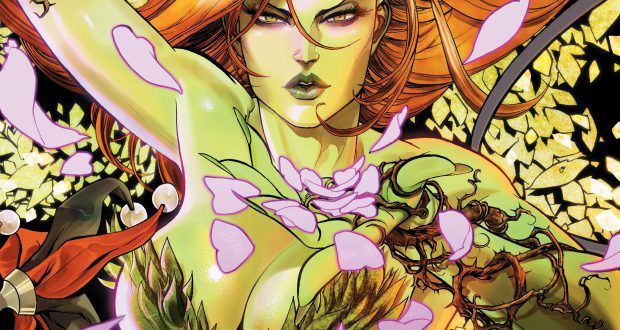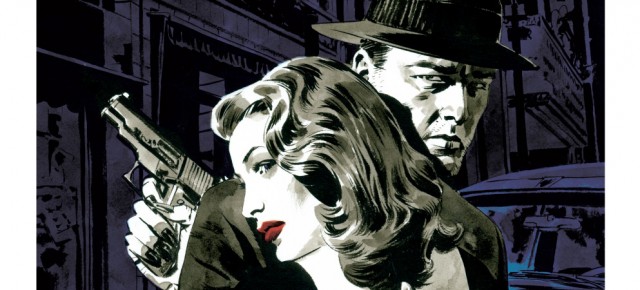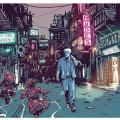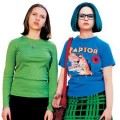From witches to succubi to super-powered femme fatales, female villains in SFF have long been defined by their sexuality. With skimpy outfits and powers derived from their sexuality or used to enhance their sexual attractiveness, these villainous women seem incapable of devising evil plans without using their sexuality as a weapon.
Superhero comics have long been guilty of this, with characters like Poison Ivy who literally has a poisonous kiss and Emma Frost’s temptress nature being amplified by her mind control powers. But to say that comics are on their own here or that this is a relatively modern trend is as inaccurate as it is unfair.
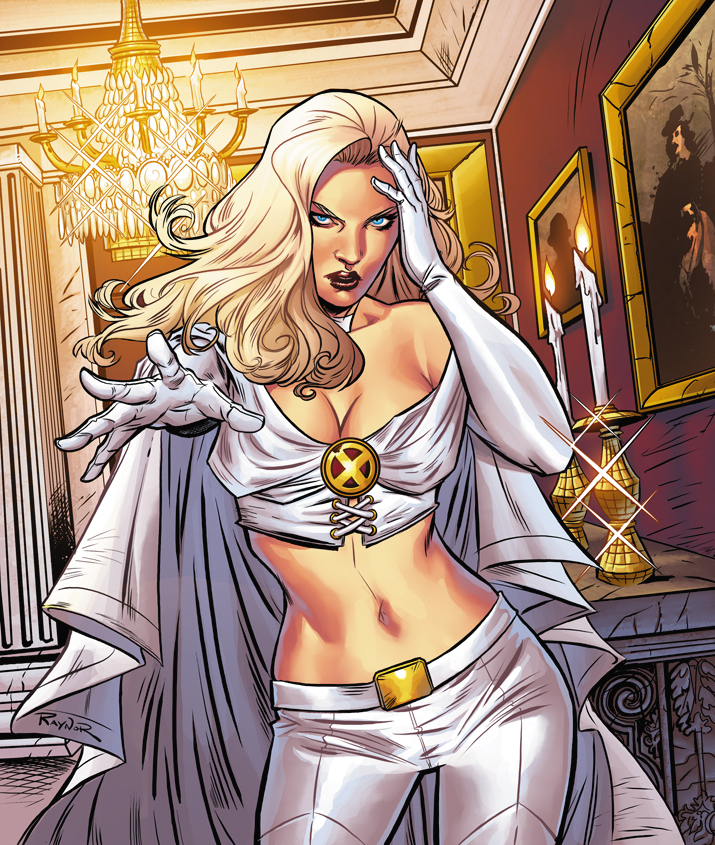 Villainous women using their sexuality for the downfall of men has been around as long as there have been men and women. From mythological creatures such as the beautiful Sirens to biblical Eve, women have long been manipulating, deceiving, and tempting men. While it was inevitable that SFF would carry on the tradition, that doesn’t excuse the problematic gender inequality and prejudice at the heart of this trend.
Villainous women using their sexuality for the downfall of men has been around as long as there have been men and women. From mythological creatures such as the beautiful Sirens to biblical Eve, women have long been manipulating, deceiving, and tempting men. While it was inevitable that SFF would carry on the tradition, that doesn’t excuse the problematic gender inequality and prejudice at the heart of this trend.
Inciting incident of betrayal or sexual violence
Since the earliest stories we have seen examples of women starting on a path of villainy as a result of being wronged. And more often than not, these wrongs are committed by a lover and tend to have sexually violent overtones to the act (if not outright sexual abuse). Women are forever being used – from Medea being used then discarded by Jason to the re-imagined tale of Maleficent and the rape metaphor of Stefan cutting off her wings – women in SFF fiction are seemingly given one of two options: be a helpless victim or take revenge as a vicious harpy.
Again, comics have failed time and time again in this manner. Marvel’s Black Cat turns to a life of crime after her college boyfriend rapes her, while Typhoid Mary is a victim of child abuse. Over at DC, Poison Ivy’s powers develop after a very similar plotline to Medea’s. While historically the big superhero comic publishers have not had a great track record, it isn’t all doom and gloom. Brian Azzarello’s run on Wonder Woman gives us powerful women who don’t need men (to the point that their leader creates her daughter from clay) and Marvel’s Thor, under Jason Aaron, Russell Dauterman, and Jorge Molina, has the hammer being wielded by a woman.
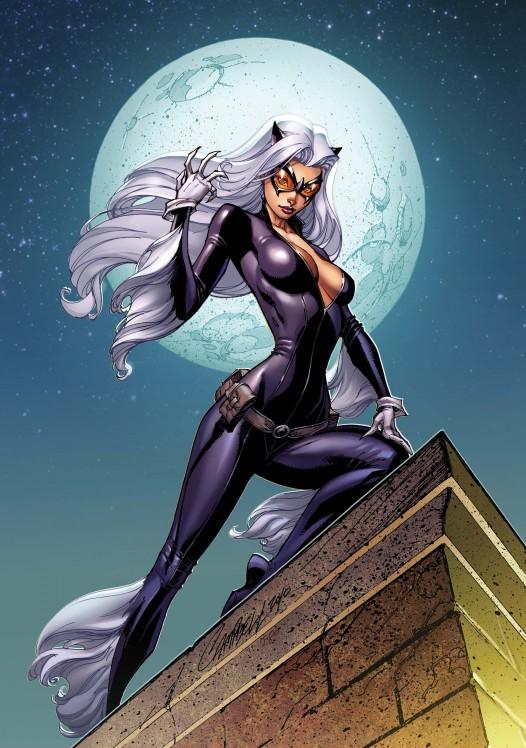 My issue here is the idea that women won’t be pushed into villainy without it being a means to revenge or righting a wrong that has been done to them. Male villains have long been allowed to exist ‘just because’ – they might be jealous of a male rival, simply power hungry, or any number of things that don’t result from an inciting incident of sexual violence. It is time the same were to occur for women.
My issue here is the idea that women won’t be pushed into villainy without it being a means to revenge or righting a wrong that has been done to them. Male villains have long been allowed to exist ‘just because’ – they might be jealous of a male rival, simply power hungry, or any number of things that don’t result from an inciting incident of sexual violence. It is time the same were to occur for women.
The enduring influence of noir’s femme fatale
When pulp novels were all the rage and films explored low angles and heavily shadowed shots, the noir genre reigned supreme. Outside of the hardboiled dialogue, men with dark pasts, and morally grey protagonists, arguably the most enduring and popular aspect of the genre was (and still is) the femme fatale.
While women did often play the traditional victim, propelling the male protagonist into action, they also featured heavily as the downfall of men. These women were temptresses, manipulative and savvy, never to be trusted. Most importantly, women in noir are just as capable of violence and moral bankruptcy as any man. Unfortunately, any progressive ideas around women having as much capacity for darkness as men has been overridden by the continued fascination with women as sexual creatures and how their sexuality can be used to destroy men.
As a huge fan of the noir genre, I admit that I love a good femme fatale. But the other side of that coin is their problematic nature. You could argue that the femme fatale’s sexual power comes from an innate weakness in men, rather than a gender issue, but whatever way you slice it, there’s a problem. It has become more than a cliché, the beautiful woman could not possibly be on the level – these stories teach us to be afraid of a woman’s sexuality as well as to suggest that this is the only power she has at her fingertips.
Even when a woman is supremely powerful, some kind of monster hiding as a human woman, for instance, she will use her sexuality to lure her prey. Why not have her use brute force? Or set up some convoluted capitalist plan to provide her with a never-ending conveyor belt of fresh meat? A male villain’s first plan would be unlikely to rely on his looks, so why should a woman’s?
Writers need to remember that women are powerful creatures with or without their sexuality. There are other ways for your female characters to achieve their goals than tempting men. If a man can use his wits, his physicality, or anything else to get ahead, so can a woman.
 Pop Verse Pop Culture Universe
Pop Verse Pop Culture Universe
